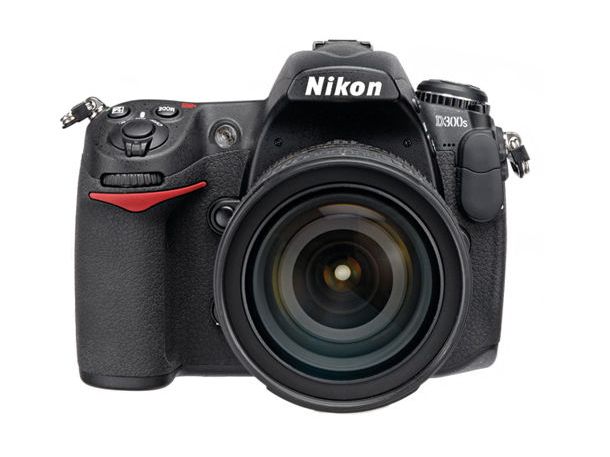As Apple gears up for the next wave of innovation, “Project Alaska” emerges as the codename for the tech giant’s highly anticipated second-generation mixed-reality headset, following the recent unveiling of the Vision Pro. Here’s an in-depth look at what the future holds for Apple’s immersive wearable technology.
Product Overview: Project Alaska
Design Elegance and Speaker Dynamics: Project Alaska is set to retain the sleek aesthetics of its predecessor, the Vision Pro, with some noteworthy design tweaks. The speaker placement is undergoing a transformation, with potential variations that include the absence of traditional speaker housing and the incorporation of speaker-type holes near the top vents. The leaked details also suggest the possibility of an external audio accessory, adding a layer of versatility to the audio experience.
Redesigned Straps for Enhanced Comfort: Straying from the norm, the rear straps of Project Alaska are getting a makeover, described as “simpler in design and appearance.” This design shift aligns with speculations hinting at a more affordable pricing strategy, making the headset accessible to a broader audience.
Advanced Sensor Array: Project Alaska boasts a comprehensive array of sensors, including a compass, ambient light sensor, magnetometer, and gyroscope. This sensor suite contributes to the headset’s advanced functionalities, providing a seamless and immersive experience.
Key Features and Specifications
Connectivity Excellence: Equipped with Wi-Fi, Bluetooth 5, and ultra-low latency audio connectivity, Project Alaska ensures a seamless connection to various devices and peripherals.
Visual Prowess: The headset’s visual capabilities are driven by two micro-OLED displays, offering stunning visuals and an immersive viewing experience. The TrueDepth camera, four computer vision cameras, two RGB cameras, and two infrared illuminators contribute to advanced spatial awareness and tracking.
User-Friendly Adjustments: Project Alaska incorporates semi-automatic interpupillary distance adjustment, catering to individual user preferences and enhancing overall comfort during extended use.
Anticipated Launch Window and Pricing Strategy
Project Alaska is projected to enter the product validation testing (PVT) stage in 2025, paving the way for a potential late 2025 or early 2026 launch. While specific pricing details remain undisclosed, industry insiders anticipate that Apple will position the second-gen Vision Pro as a more budget-friendly option, making cutting-edge mixed-reality experiences accessible to a broader consumer base.
As Project Alaska progresses through development, Apple enthusiasts and tech enthusiasts eagerly await further details, anticipating another groundbreaking addition to Apple’s ever-evolving lineup of innovative products.












































































































































